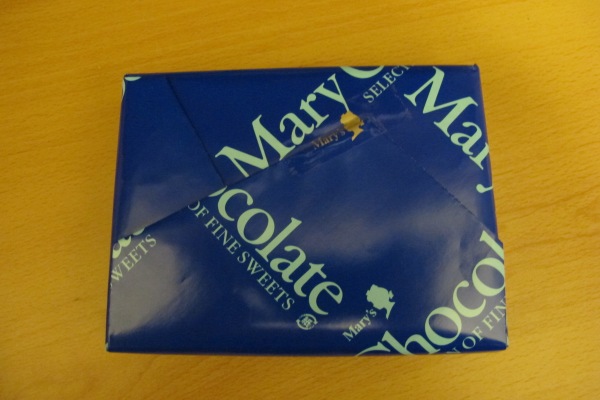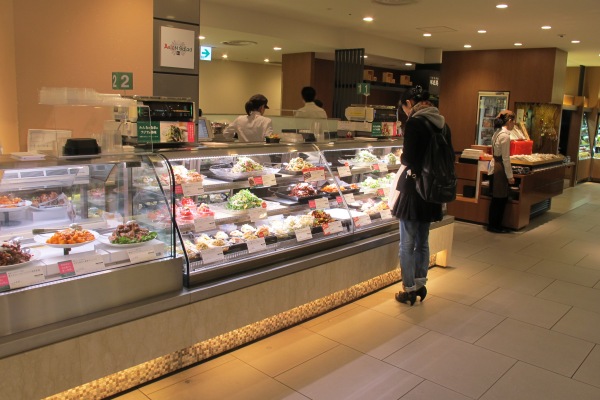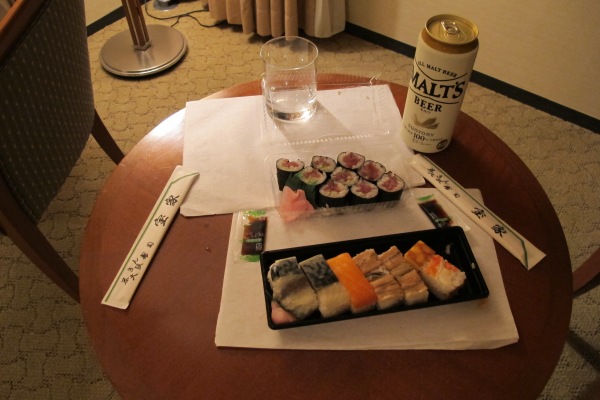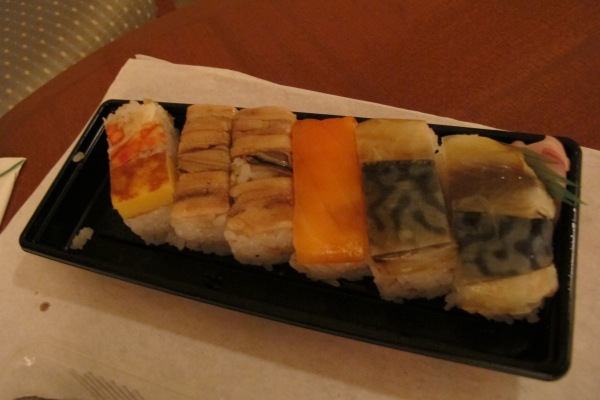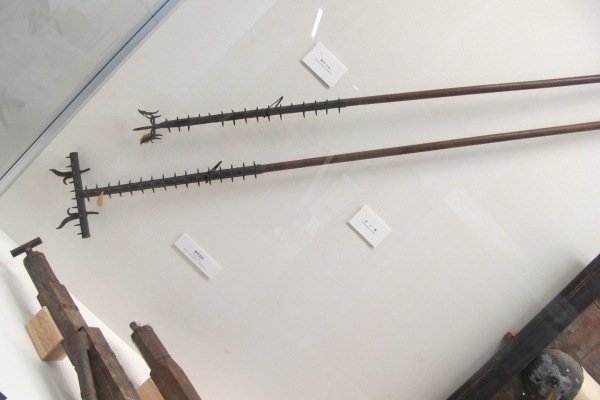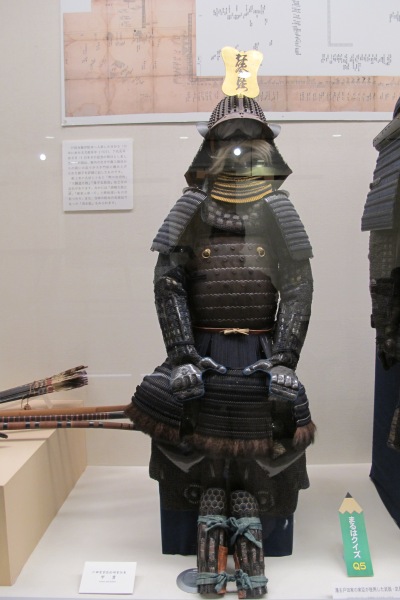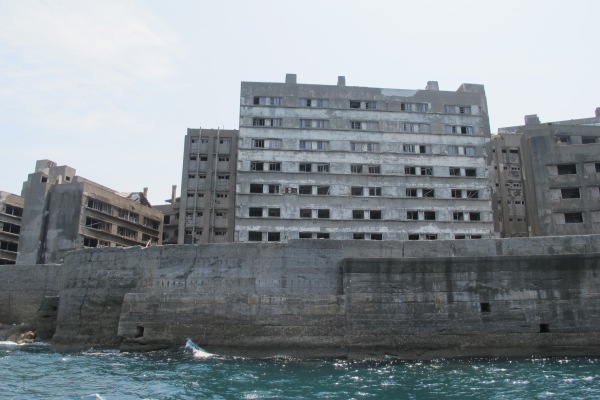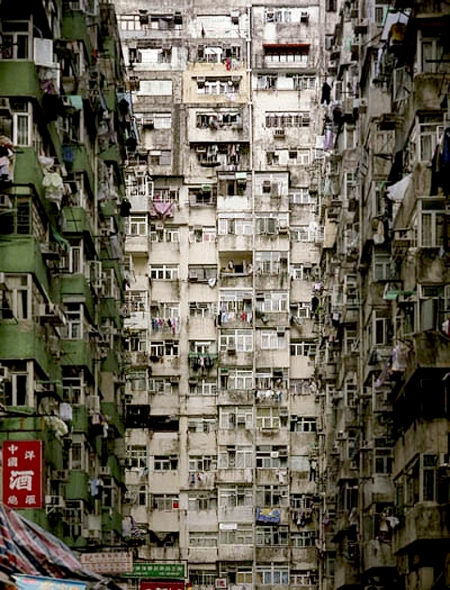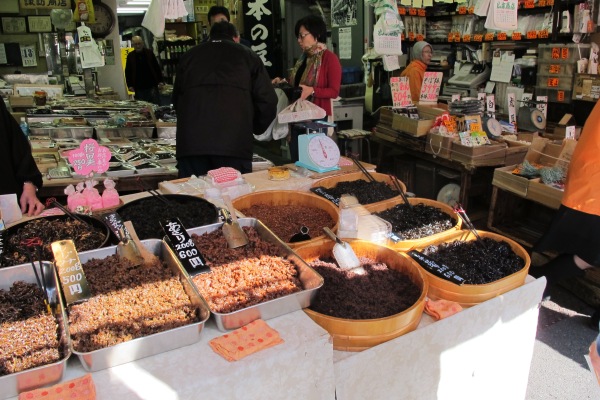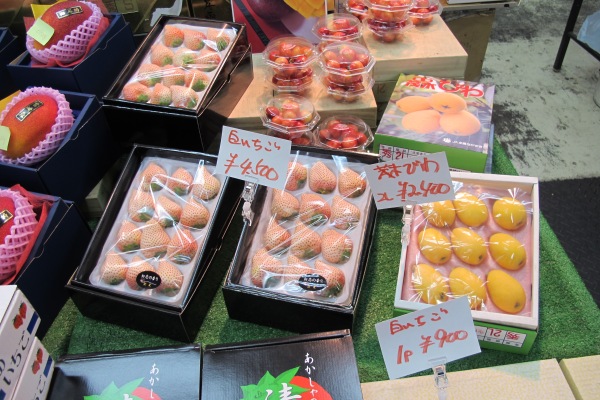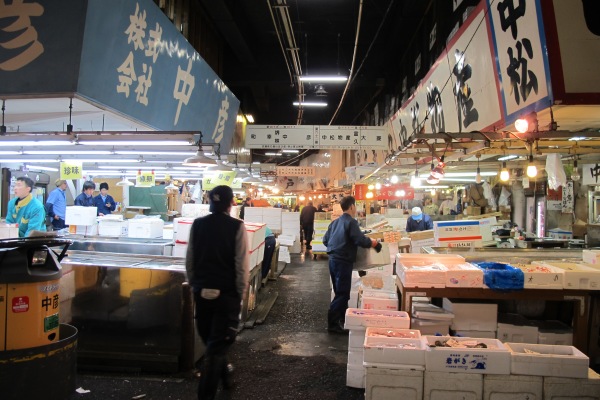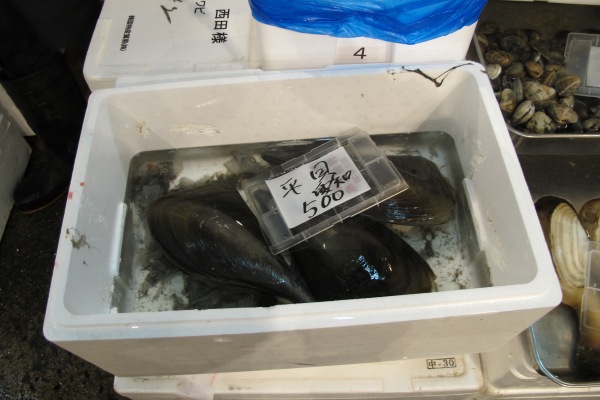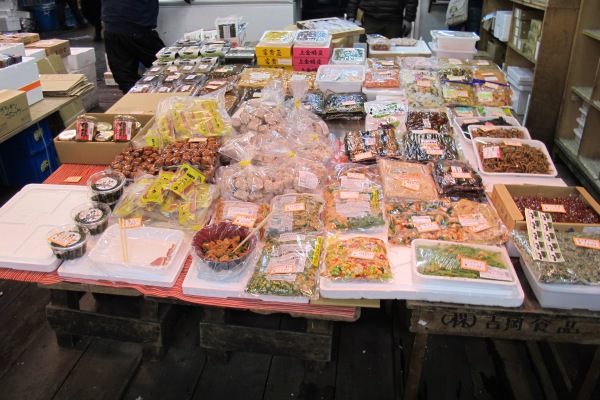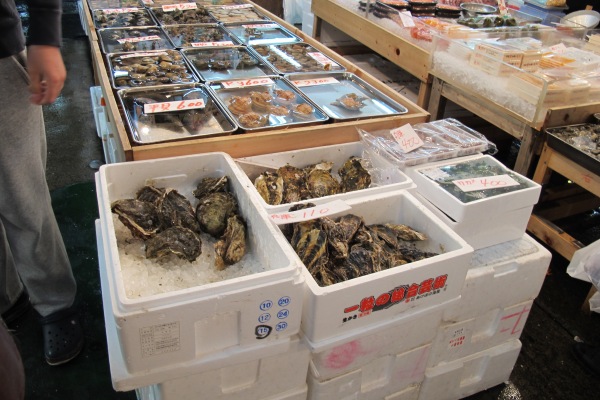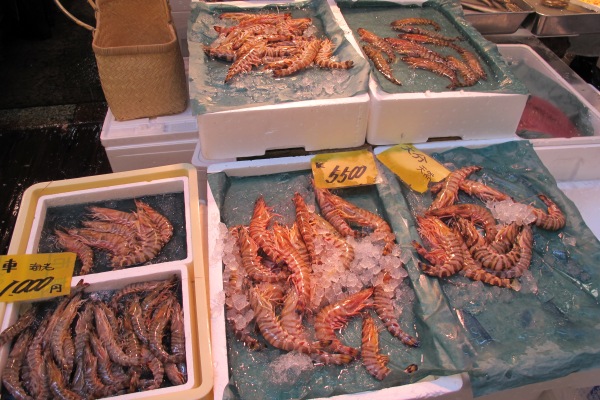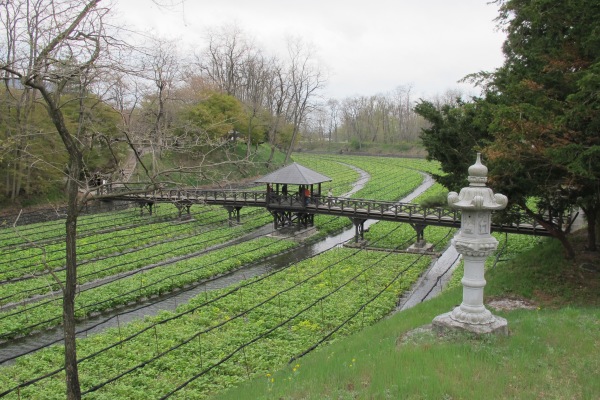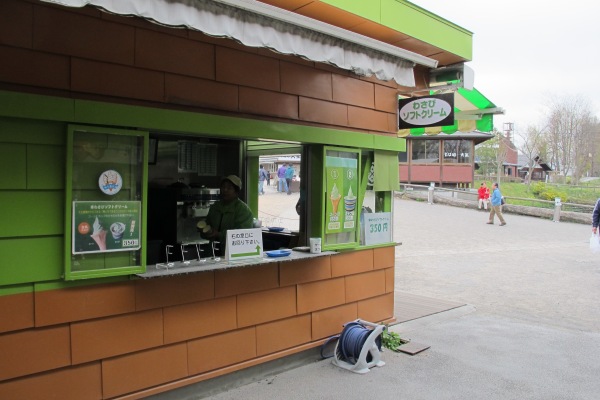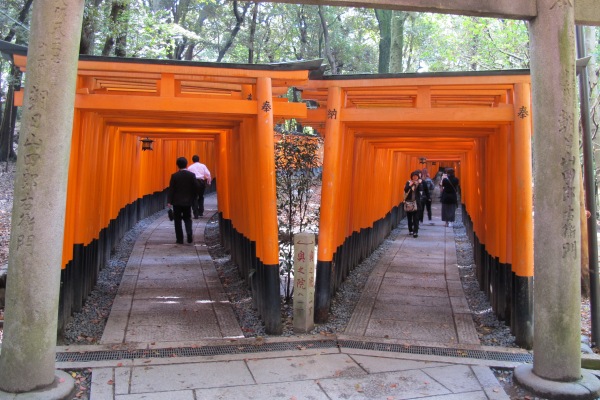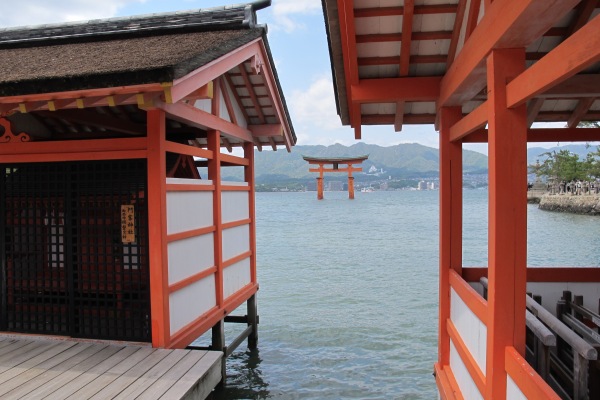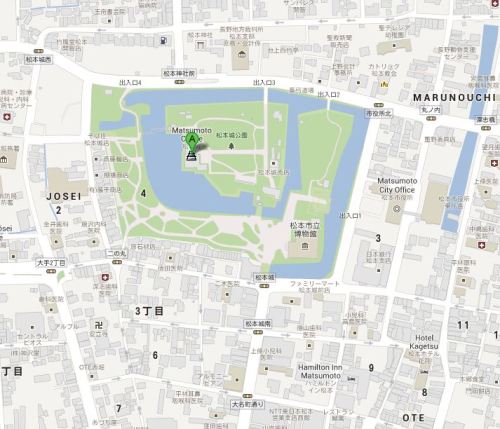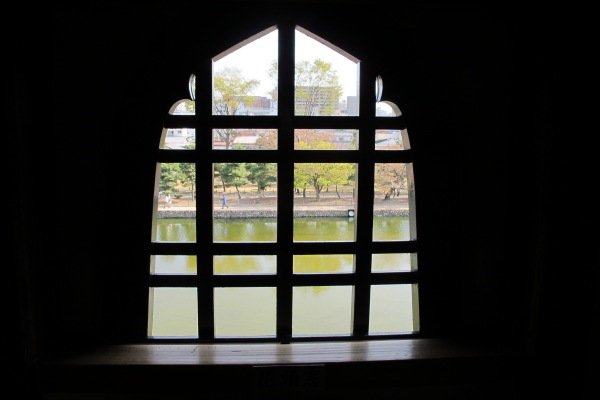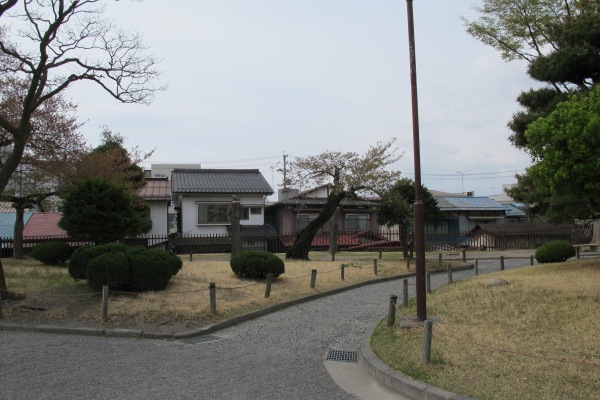We perceive Japan as a nation of hard-working people who have successfully taken the best ideas of the Western world, engineered their features into new products which they have sold back to the West.
As I survey the trappings of my existence, I see a Canon camera, Sony television, Toshiba travelling lap top, and a Honda motor car (yes, my Honda Accord Euro was made in Japan, not in Thailand, China or the US).
If I can sum up in three words what my Japanese-made items represent to me, they would be ‘performance’, ‘value for money’ and ‘reliability’. I imagine that my products would have been made by workers steeped in the culture of ‘Just in time’, a system of production that does away with storage of unused inventory, and ‘Kanban’, a demand-driven scheduling system that delivers signals to replenish components required at a particular point along the production chain.
Yes, Japan has been terribly clever over the past several decades. But at what cost?
Apparently, some employees work so hard that they have died on or from the job. Examples include a worker who died from a heart attack at the age of 34, having worked a 110 hour week. Another was a bus driver who had worked more than 3,000 hours in a year without a day off in the 15 days before had a fatal stroke at 37. A third was a 22-year-old nurse who died of a heart attack after 34 hours of continuous duty five times a month. Just 22 years old.
If ‘karoshi’ or ‘death by overwork’ had become a social problem by the 1980’s, then so had ‘karojisatu’, or suicide resulting from overwork and stress. In the period 1997 to 2011, compensated cases of karoshi and karojisatsu rose from 47 to 121 and from two to 66, respectively. Long work hours, heavy workloads, lack of job control, routine and repetitive tasks, interpersonal conflicts, inadequate rewards, employment insecurity, and organizational problems were some of the underlying causes of workers having taken their lives.
The phenomenon of worker suicide has spawned a game of the same name. At each of the fifty stages of the game, players are presented with a new challenge, the final stage involving a fight with the boss. The goal of each level of play is – you guessed it – to self-destruct. And make sure that you have fun while killing yourself.
Japan is not taking the problem of overwork and worker suicide lightly. Some measures to combat their effects include:
• Reducing working hours and overwork.
• Providing adequate medical support and treatment of work-related stress.
• Encouraging dialogue between workers and management to implement healthy and efficient work practices and places.
Such measures, however, take a while to gain traction. In the interim, what does the Japanese worker do to manage the effects of working too hard?
Having a snooze is the obvious solution. And what better place to do that than on a train?
As I travelled the Tokyo metro, I noticed that most of my somnolent companions were in the seated position although I did catch a few grabbing a bit of shuteye while standing up. I have read that some workers will resort to sleeping on train floors, but am a bit sceptical about this; there is little enough floor space available on a peak hour train for standing, let alone lying down.
Of course, there is nothing remarkable about falling asleep on a commuter train. I have given in to the Sandman on Sydney’s City Rail network on more than one occasion, usually as a result of the twin effects of the train’s rhythm and the amount of alcohol imbibed during a long lunch. My state of slumber has occurred after lunch time and usually towards evening. And that’s where I found an interesting variation in Japan: many workers slip into slumber during the morning peak.
Plausible explanations abound for this state of early morning drowsiness: a young child unable to sleep through the night, a late night on the town, the cumulative effect of a weeks’ worth of hour-long commutes, overheated trains.
But is it enough to power-nap on the train? Apparently not.
Being asleep at work and, by extension, on trains, is a statement about how hard a person works and is a measure of respect for that person. There is no shame in falling asleep at work. This is the mark of an employee who works so hard that they have no time to sleep at home and must therefore sleep at work. It is both Legitimate and Good. There is even a word for being asleep at work, ‘inemuri’, which means ‘sleeping while present’. And it comes with a set of rules:
• The (sleeping) worker must sit up and look engaged, ready to wake up at any moment and do something useful.
• If you’re the boss, sleeping at work is a sign of confidence as it shows that the company can’t do without you.
Sleeping at work is not a practice that is exclusive to Japan. A couple of weeks ago, my husband remarked that he’d passed an employee in another section of the office who was fast asleep at his desk at lunch time. I too have succumbed while at work.
My first job out of university was as a town planning assistant at a large Cape Town local authority. My desk was partly obscured by a floor to ceiling partition, visible only to a couple of other employees who had cause to pass my space en route to theirs.
My lunchtime ritual involved a half hour walk around a few city blocks followed by a quick snack of my pre-packed lunch and a half-hour nap on the floor behind my desk, my body contorted to minimise detection and with half an ear on alert for a superior’s footfall.
I wasn’t the only one. The only reason I knew about my co-conspirator in sleep was because his feet protruded from under the table he used as camouflage.
Unlike our Japanese counterparts, there was no way that we would have dared fallen asleep sitting at our desks. That would have been to invite firm rebuke for napping on company time, irrespective of how much or, in our cases, how little work we had to do. And while dozing on the job wasn’t a sackable offence (the only way to guarantee that fate was to be caught with one’s hand in the till), it wasn’t something that was going to help ones’ campaign to climb the corporate ladder either.
If anyone saw us, they never said anything.
But I always wondered why I never got that promotion I applied for.
© AJapaneseDiary, 2013 ongoing. Unauthorised use and/or duplication of this material without the express and written permission of this blog’s author and owner is strictly forbidden. Excerpts and links may be used, provided that full and clear credit is given, and with appropriate and specific direction to the original content.








